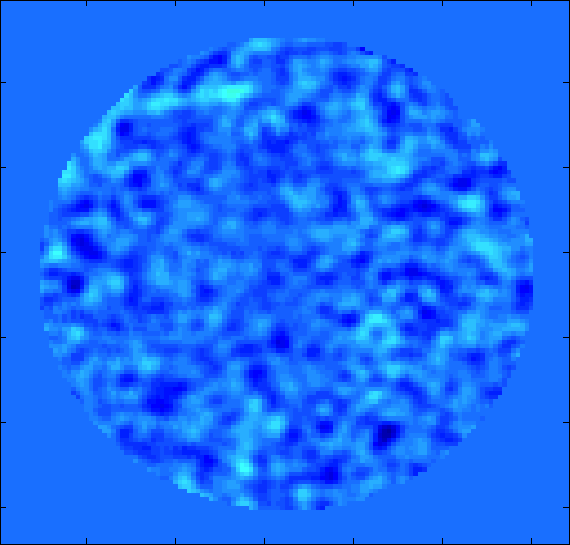At any given moment, it seems, the sky is sizzling with celestial phenomena waiting to be stumbled upon. New research using the Long Wavelength Array (LWA), a collection of radio dishes in New Mexico, found quite the surprise. Fireballs — those brilliant meteors that leave behind glowing streaks in the night sky — unexpectedly emit a low radio frequency, hinting at new unexplored physics within these meteor streaks.
The LWA keeps its eyes to the sky day and night, probing a poorly explored region of the electromagnetic spectrum. It’s one of only a handful of blind searches carried out below 100 MHz.
Over the course of 11,000 hours, graduate student Kenneth Obenberger from the University of New Mexico and colleagues found 49 radio bursts, 10 of which came from fireballs.
Most of the bursts appear as large point sources, limited to four degrees, roughly eight times the size of the full Moon. Some, however, extend several degrees across the sky. On January 21, 2014, a source left a trail covering 92 degrees in less than 10 seconds (see above). The end point continued to glow for another 90 seconds.
The only known astrophysical object with this ability is a fireball. So Obenberger and colleagues set out to see if NASA’s All Sky Fireball Network had detected anything at the same location and time as the bursts.
While the network shares only a portion of the sky with the LWA, the fireballs seen in this direction matched fireballs caught by NASA. Additionally, most bursts did occur directly after the peak of a bright meteor shower.

The fireballs detected here are extremely energetic, traveling with an average velocity of 68 km/s, near the upper end of the meteorite velocity spectrum (from 11 km/s to 72 km/s).
They can be seen in the radio due to radio forward scattering. When fast-moving meteoroids strike Earth’s atmosphere they heat and ionize the air in their path. The luminous ionized trails reflect radio waves. During a meteor shower these waves can not only be picked up by vast arrays, such as the one in New Mexico, but by your TV and AM/FM radio transmitter.
Whereas most fireballs have been detected well over 100 MHz, “we’ve discovered that they also produce a low frequency pulse,” says Obenberger’s PhD advisor, Gregory Taylor.
This pulse is telling us something about the physical conditions in the plasma created by the meteor. “It could be cyclotron radiation (emitted from moving charges in a magnetic field), or perhaps some sort of plasma wave leakage from the trail, or maybe something completely different,” says Obenberger. “It’s too early to tell at the moment.”
Meteors come in a range of energies and sizes. So investigating this unexpected signature further will yield new insights into the interaction between meteors and our atmosphere.
“This is just the beginning,” says Taylor. “Now we have to put this new technique to use — find out more about the spectrum of the pulse and the meteors that produce it. It’s an entirely new way of looking at meteors and how they interact with our atmosphere.”
If you’re curious what’s currently emitting radio waves in the New Mexico sky check out the LWA’s live radio cam.
The paper was published in Astrophysical Journal Letters today and is available for download here.


I would not think that an oscillation in the ionization of an object burning up in the atmosphere; based upon the physical characteristics of the gasses generated and the object itself – would be all that mysterious
Could elemental composition ‘flavoring’ the plasma with heavier metals propagate or better attenuate the low freq. RF seen?
How dare you report on climate… oh, wait… nevermind… lmao! Sorry, Shannon, I couldn’t resist. I feel so bad for all the flack you get from the booby-hatch on your atmospheric science pieces…. Kudos for the thick, greased skin on your back!